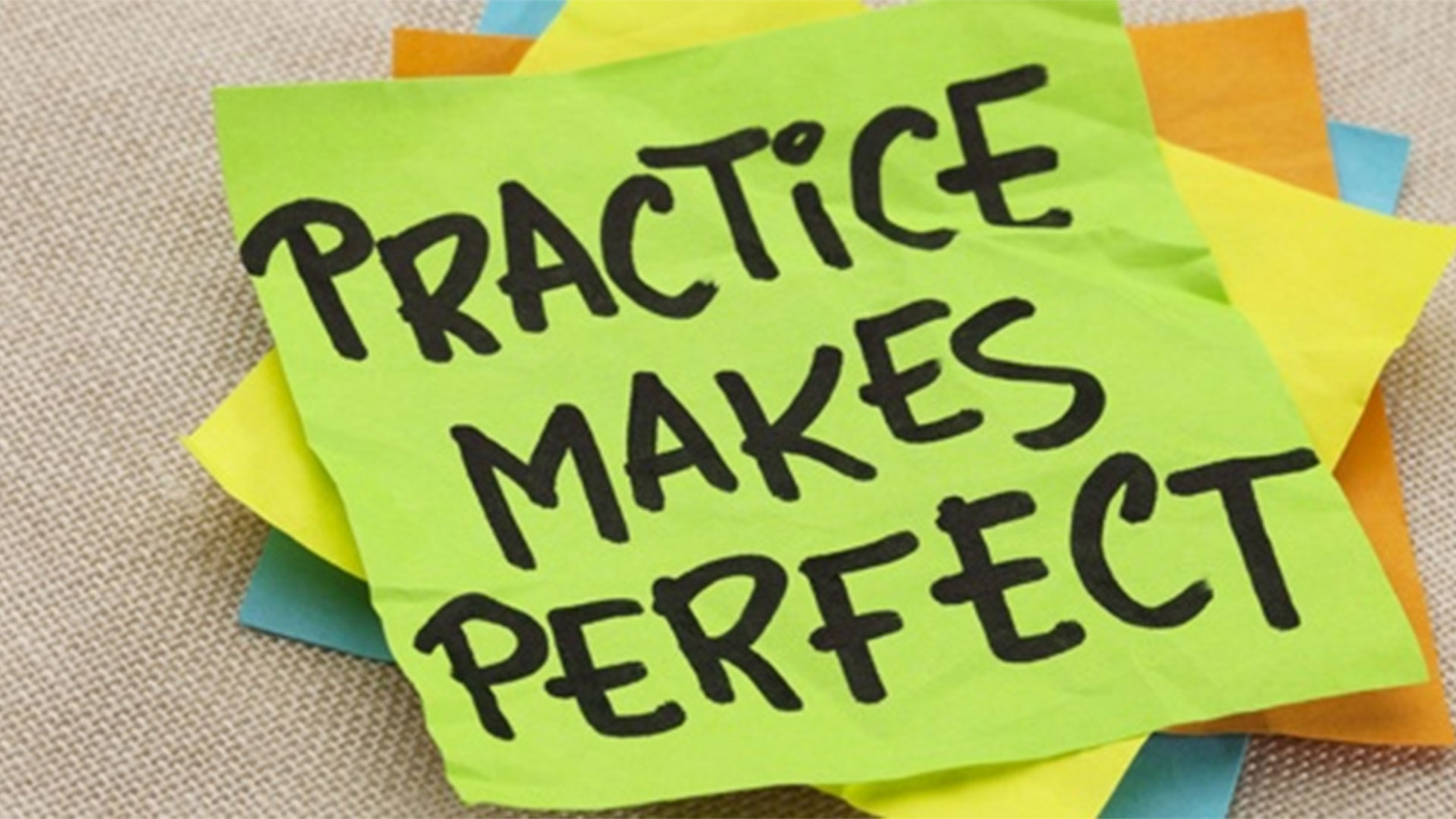Practice tests can be an effective tool for exam preparation, and they are commonly used by students and educators to help assess and improve learning. In this article, we will discuss the benefits of practice tests for exam preparation, as well as some strategies for using them effectively.
One of the primary benefits of practice tests is that they can help students identify areas of weakness in their knowledge or understanding of the material. By taking a practice test, students can see which topics or concepts they struggle with and focus their study efforts on these areas. This can help students use their study time more efficiently and effectively, rather than spending time on material they already understand.
Another benefit of practice tests is that they can help students become more familiar with the format and structure of the exam. Many exams have a specific format or structure that can be confusing or overwhelming for students who are not familiar with it. By taking practice tests, students can become more comfortable with the exam format, which can help reduce anxiety and improve performance.
Practice tests can also help students develop test-taking skills, such as time management, test anxiety management, and critical thinking. These skills can be valuable not only for the specific exam being studied for but for future academic and professional endeavors as well.
When using practice tests for exam preparation, it is important to use them effectively. Here are some strategies for using practice tests effectively:
-
Use a variety of practice tests: Students should use a variety of practice tests to avoid getting too comfortable with one particular format or style. This can help improve their ability to adapt to different types of questions and exam structures.
-
Mimic exam conditions: When taking practice tests, students should try to mimic exam conditions as closely as possible. This includes taking the test in a quiet environment, timing themselves, and not using outside resources.
-
Use practice tests strategically: Practice tests should be used strategically as part of a comprehensive study plan. Students should not rely solely on practice tests but should also use other study methods, such as reviewing notes and textbooks, to reinforce their learning.
-
Analyze results: After taking a practice test, students should analyze their results to identify areas of weakness and develop a plan to address them. This can include reviewing specific topics or concepts or seeking additional help from teachers or tutors.
In conclusion, practice tests can be an effective tool for exam preparation. They can help students identify areas of weakness, become familiar with exam format and structure, and develop important test-taking skills. To use practice tests effectively, students should use a variety of tests, mimic exam conditions, use practice tests strategically, and analyze their results to develop a targeted study plan. By incorporating practice tests into their exam preparation, students can improve their chances of success on exams and develop valuable skills for future academic and professional endeavors.
